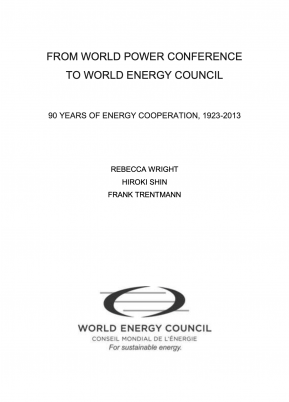THE WORLD ENERGY COUNCIL WAS CREATED IN 1923, AND IN JULY 1924, VISIONARY DANIEL DUNLOP BROUGHT TOGETHER 40 COUNTRIES TO DISCUSS THE PROBLEMS FACING THE GLOBAL ENERGY INDUSTRY TO THE FIRST WORLD POWER CONFERENCE
Ever since, the World Energy Council has been non-governmental and non-commercial. The Council has withstood many changes, from geopolitical and economic upheavals to a complete shift in the way people understand and use energy. It has had to adapt to a changing world. Throughout history, it has never strayed from the initial concept of an organisation that is impartial, objective and realistic. As a result, its analyses and agendas for action have always promoted sustainable energy for all.
World Energy Council Timeline
1923
The World Energy Council seed is planted
The seed of the World Energy Council is planted. The initial founding was spearheaded by Daniel Nicol Dunlop to establish an international organisation that could stand above politics. Dunlop’s principal objective in founding the World Power Conference (later to become the 'World Energy Council', in 1968), had been to establish a permanent body to collect data on the world’s power resources, which was premised on the finite nature of energy reserves.
1924
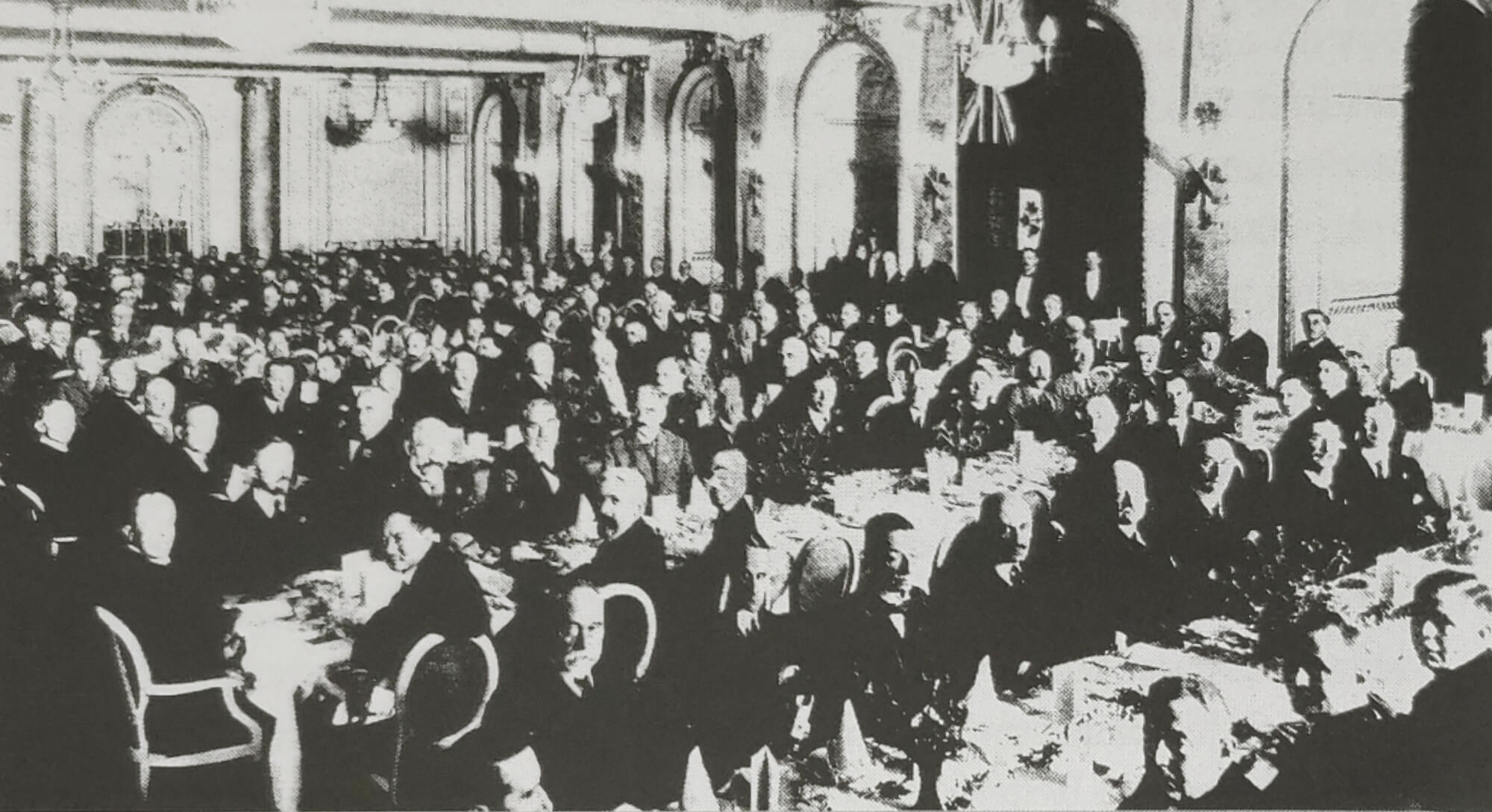
The first World Power Conference
The first World Power Conference was held in London in the first two weeks of July 1924, with Daniel Dunlop as Chairman of the Executive Council. 1,700 delegates from 40 countries met in the Conference Halls at the Palace of Engineering, on the site of the Empire Exhibition. The academic journal Science called the event ‘the most notable gathering of its kind ever convened’. The journal Science reported that there were more than four hundred papers presented at the conference under headings including ‘Power Resources, Power Production, Power Transmission and Distribution, Power Utilization and General’. Overall, the First World Power Conference was a huge success.
1925
Establishing a permanent platform for convening world energy powers
In the wake of the successful gathering, the International Executive Committee met in London to draft a constitution and a permanent committee was established, named ‘The World Power Conference’.
1926
Sectional Conference in Basel, Switzerland
A whole panel was devoted to cross-border collaborations in the electrical industry at the 1926 Conference in Basel, Switzerland.
1929
The World Power Conference publishes Power Resources of the World
In 1929 the World Power Conference published the book Power Resources of the World, compiled by the economist Hugh Quigley. In the preface, Dunlop marvelled at how ‘only a few years ago any investigation which aimed at the assessment of the power resources of the world, would have been regarded as one of those pleasant exercises in prophesy and vague description which only a statistician in his leisure moments would attempt’.
1930
The second World Power Conference
The second World Power Conference in Berlin, Germany, was held between 16th-26th June 1930 as the World Power Conference began to connect social equity and energy interests.
1932
The Visionary Collaboration: Dunlop, Stein, and the World Power Conference’s Role in Establishing the World Economic Organisation
Dunlop actively revisited his earlier dream, recruiting the Austrian philosopher W. J. Stein to work at the central office of the World Power Conference, then based at 36 Kingsway, London, to begin preparation for the establishment of the World Economic Organisation.
1933
The founding of the Tennessee Valley Authority
The founding of the Tennessee Valley Authority (TVA): The TVA was established on May 18, 1933, as part of President Franklin D. Roosevelt's New Deal program. However, it had a significant impact on the energy sector in subsequent years, including 1935. The TVA aimed to provide affordable electricity, improve flood control, and promote economic development in the Tennessee Valley region of the United States.
1934
International Executive Council Meeting
The World Power Conference's International Executive Council Meeting and the publication of ‘The Journal of the World Power Conference’.
1935
Daniel Nicol Dunlop’s death in Scotland
Stein and Dunlop begin a journal published under the auspices of the World Power Conference, entitled the World Survey. It was intended to collect and display information on economic matters purporting a truly global and interdisciplinary perspective. Dunlop had enlisted the help of fellow anthroposophist Walter Johannes Stein to found the World Economic Organisation, but he dies of appendicitis before they could begin. He was 66.
1936
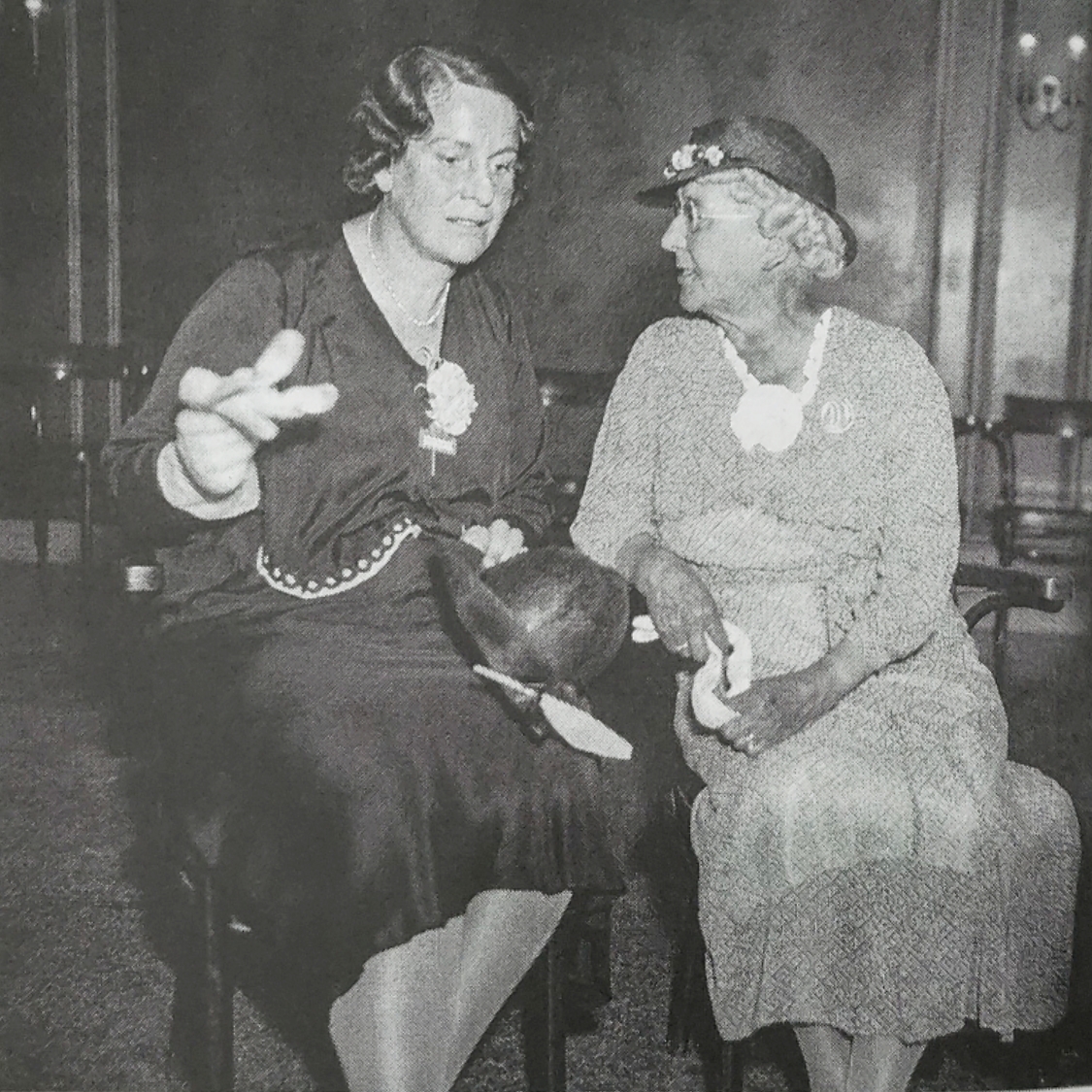
The third World Power Conference: Energy for Development and Social Equity
As early as 1936, the World Power Conference stressed the importance of energy for development and social equity. Also, between 1936 and 1957 (with a break during the Second World War), the Statistical Yearbook of the World Power Conference published statistical information on the electrical outputs from countries around the world. This triggered more general discussions about future ways of life, whilst also sparking conflict about who should own and control the fields of energy that were yet to open up.
1937
Stein wrote The Earth as the basis of World Economy
Stein wrote The Earth as the basis of World Economy, which encompassed some of Dunlop's ideas before his death.
1938
Otto Hahn and Fritz Strassmann, German chemists, discovered nuclear fission
In December 1938, Otto Hahn and Fritz Strassmann, German chemists, discovered nuclear fission, which is the splitting of atomic nuclei.
1939
The Impact of World War II on the World Power Conference: A Period of Inactivity and Communication Challenges
The Second World War interrupted both the implementation of international electricity plans and halted the activities of the World Power Conference. Between 1939 and 1945, the World Power Conference remained largely inactive. Communication between National Committees became increasingly difficult.
1940
German Invasion of Holland and the World Power Conference: A Battle for Control and Influence
In 1940 Germany invaded The Netherlands, as part of the larger German military campaign known as the Battle of France. This led the German national committee to attempt to (unsuccesfully) seize control of the World Power Conference. The Germans intercepted a letter which had been sent by the Swiss delegate Dr Büchi to Mr Bakker, the President during the war and previous Dutch Vice-President of the Executive Committee. In the letter Büchi offered his services to Bakker in the limits posed by Swiss neutrality.
1945
World War II ended and the Council’s activities began again
The years following World War II were characterized by reconstruction efforts and the establishment of various international organizations. For the World Power Conference, this also ended a period of inactivity and stagnation.
1945
Shaping the Future of Energy: Post-WWII Challenges and the Emergence of Nuclear Power
Post-WWII, the World Power Conference was shaped by two major challenges: how to escape energy shortages and what to do about nuclear power. After Hiroshima and Nagasaki, the topic of nuclear energy became inescapable. The prospect of atomic energy had been discussed at the very first World Power Conference in 1924, but was brushed aside as merely lying ‘in the womb of the future’. There was also a gathering in London at this time to re-establish member committees, organise the central office, and to fix a post-war budget.
1946
Embracing the Atomic Age
After the war, the World Power Conference successfully joined the new international order. At the first International Executive Council meeting after the war, a committee was established to discuss the utilisation of atomic energy for industrial and domestic purposes, leading to the formation of the Atomic Energy Committee.
1947
Consultancy Status: The World Power Conference and its Role in the United Nations
In 1947, the United Nations granted the World Power Conference consultancy status. This meant that along with a plethora of organisations, including the Inter-Parliamentary Union, the International Committee of the Red Cross, and the International Council of Women, World Power Conference representatives were granted admittance to the UN Council of Commission meetings.
1948
Expansion and Inclusion: The Admission of New Members to the World Power Conference
Following the new rule permitting countries outside of the UN to become members of the World Power Conference, Austria, Italy, Finland, Hungary, Turkey and Egypt were admitted as members in 1948.
1949
New divisions
The war in China and the establishment of the People’s Republic of China (PRC) in 1949 brought new divisions. The PRC withdrew its membership from World Power Conference in protest of Taiwan’s representation on the International Executive Council.
1950
Adapting to Changing Energy Landscape: the fourth World Power Conference and the Rise of Natural Gas and Atomic Energy
Iceland and Israel became members of the World Power Conference in 1950. The fourth World Power Conference, which registered the growing anxiety caused by depleting reserves of coal and oil, put forward natural gas and atomic energy as a solution to future shortages.
1951
Expanding Global Reach: Germany and Japan Join the World Power Conference
Germany and Japan became member nations in 1951, at which point the number of national committees in the World Power Conference totalled forty.
1953
Atoms for Peace Speech
Dwight D. Eisenhower; Atoms for Peace Speech. The speech was a significant address that called for international cooperation in the peaceful development and use of atomic energy. It sought to address concerns surrounding nuclear weapons and promote a vision of a world where the benefits of nuclear technology could be harnessed for the betterment of humanity. The speech laid the groundwork for the establishment of the IAEA and influenced global discussions on nuclear energy.
1954
Nuclear Energy Takes Center Stage
In 1954, the Chairman of World Power Conference, Vincent de Ferranti, foregrounded the importance of nuclear energy for the development of the organisation. He wrote a letter to the Chairman of the American National Committee, following an announcement in the British press, noting President Eisenhower’s intention of holding an international conference on the peaceful use of atomic power.
1955
Strengthening Collaboration
In 1955 the World Power Conference was accorded consultancy status to the World Meteorological
Organization (WMO).
1956
Second Arab-Israel war
The Second Arab-Israeli War, also known as the Yom Kippur War took place in October 1973 and had a significant impact on energy, particularly in the context of oil and its global markets. This includes, impacting oil markets, prices, energy security and underscoring the interconnections between geopolitics, energy resources, and global economies as well as prompting significant shifts in energy policies and strategies around the world.
1957
IAEA established
The International Atomic Energy Agency (IAEA) has shaped the energy landscape, particularly in the field of nuclear. The IAEA's work extends beyond energy, covering areas such as human health, agriculture, water resources, and industrial applications. However, in the context of energy, the agency's activities have been instrumental in promoting the safe, secure, and peaceful use of nuclear energy and supporting its role in sustainable development.
1958
Exploring Energy Sources and Environmental Impacts: Insights from the fifth World Power Conference in Vienna
At the fifth World Power Conference, in Vienna in 1958, a
panel explored the ‘Utilization of Primary Sources of Energy (thermal, electric,
atomic and others)’ and raised questions about the effect of nuclear power
generation on the atmosphere.145 At the conference, representatives from WMO
reported to World Power Conference about its research on renewable energy sources.
1959
Successful long-distance transportation test of LNG in the United States
Successful long-distance transportation test of LNG in the United States. In a 1959 letter to World Power Conference Secretary C. H. Gray, Liu Lan-Po (the President of the Committee of the People’s Republic of China) blamed the International Executive Council for being compliant with the U.S. imperialist plot of creating ‘two Chinas’.
1962
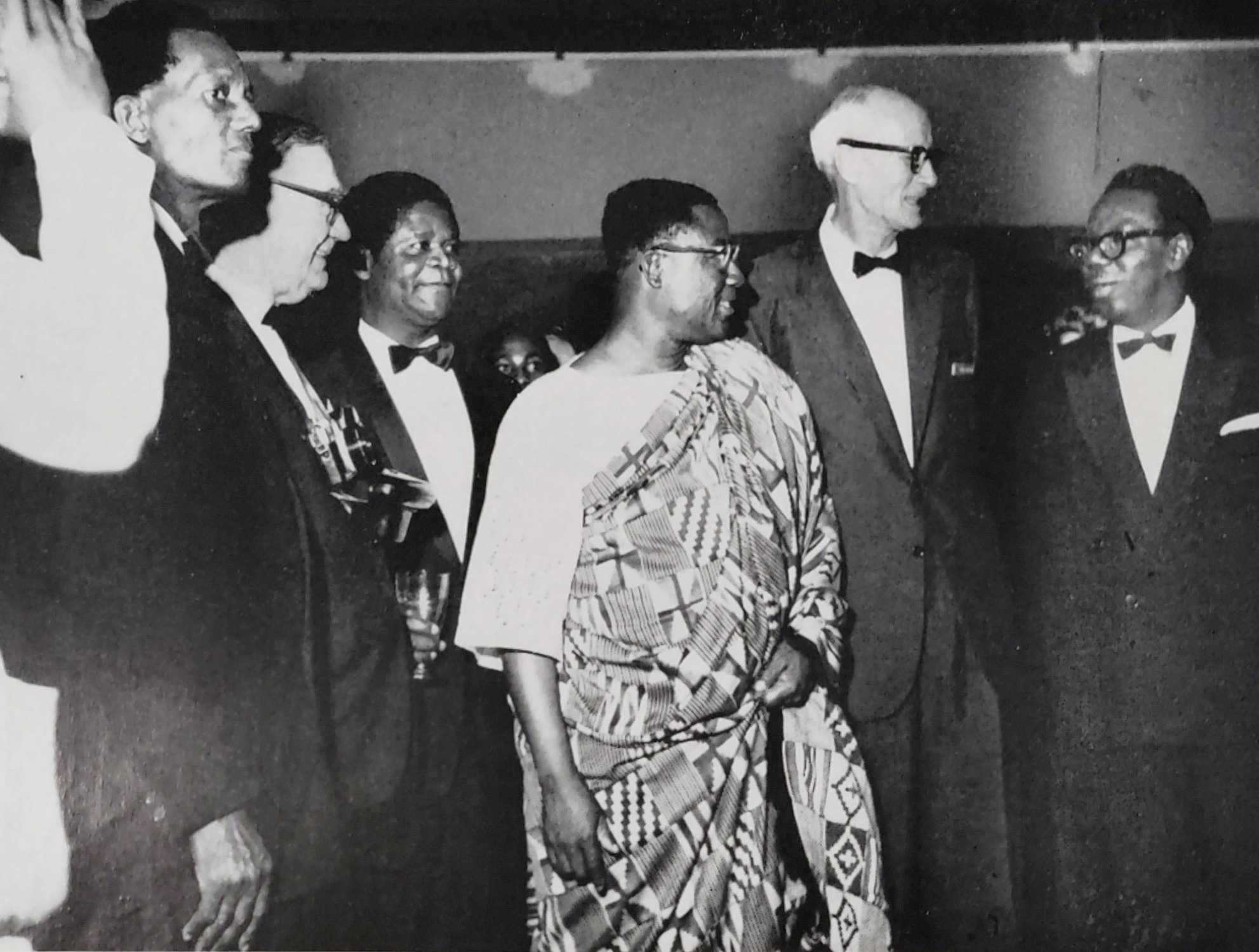
The sixth World Power Conference ; Melbourne, Australia; The Changing Pattern of Power
6th World Power Conference ; Melbourne, Australia; The Changing Pattern of Power. This Conference was held on 2nd-6th October 1962.
1968
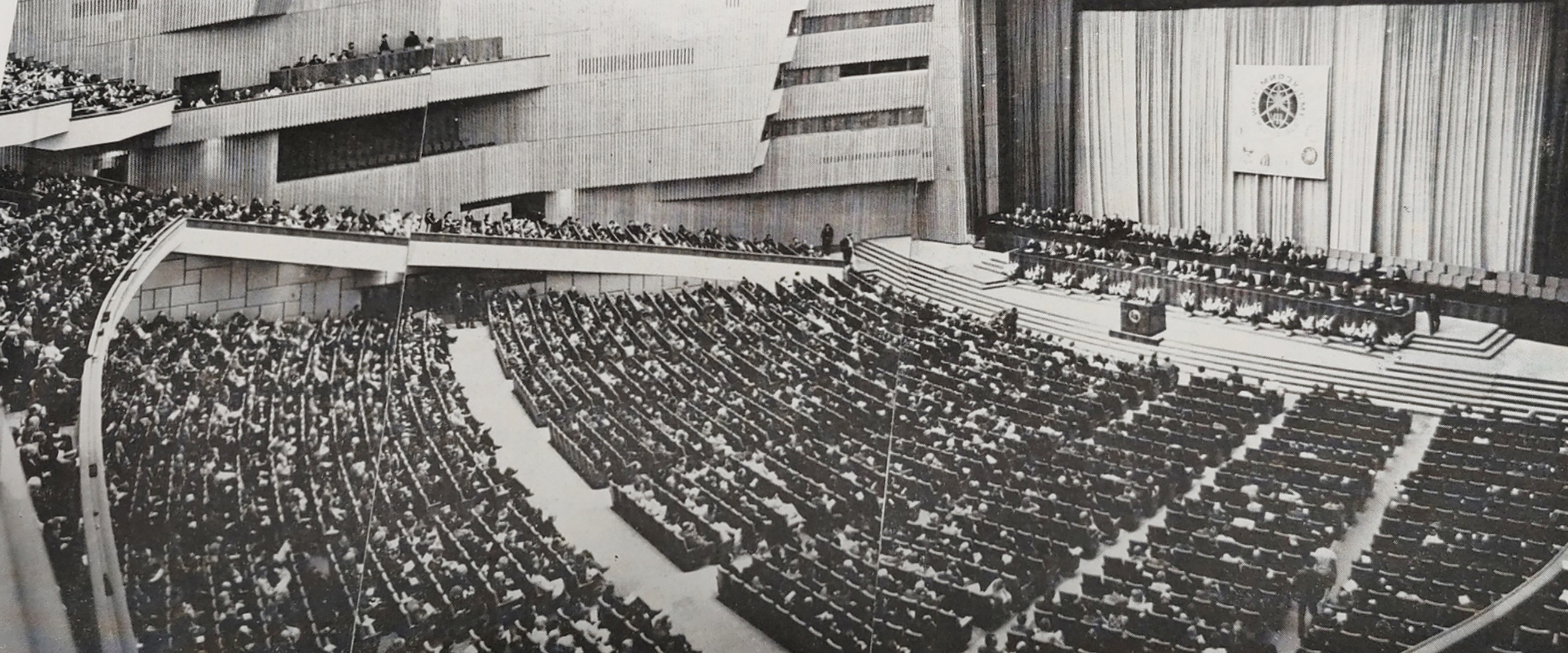
Adopting a new title and the seventh World Energy Conference
The organisation 'the World Power Conference' was formally renamed 'the World Energy Council'. There were several reasons why this happened, as the organization aimed to adapt to the changing energy landscape, promote inclusivity, and position itself as a key player in addressing global energy challenges through dialogue, research, and policy advocacy.
1969
Apollo 11 Spacecraft
Fuel cells installed on spacecraft Apollo 11 and the world's first large-scale LNG plant, known as the Kenai LNG plant, was established in Kenai, Alaska. LNG was a joint venture between the U.S. Department of Energy, Phillips Petroleum, and other partners. The Kenai LNG plant began liquefying and exporting natural gas from the Cook Inlet gas fields to international markets, primarily Japan. The plant played a significant role in pioneering the global LNG industry.nd
1971
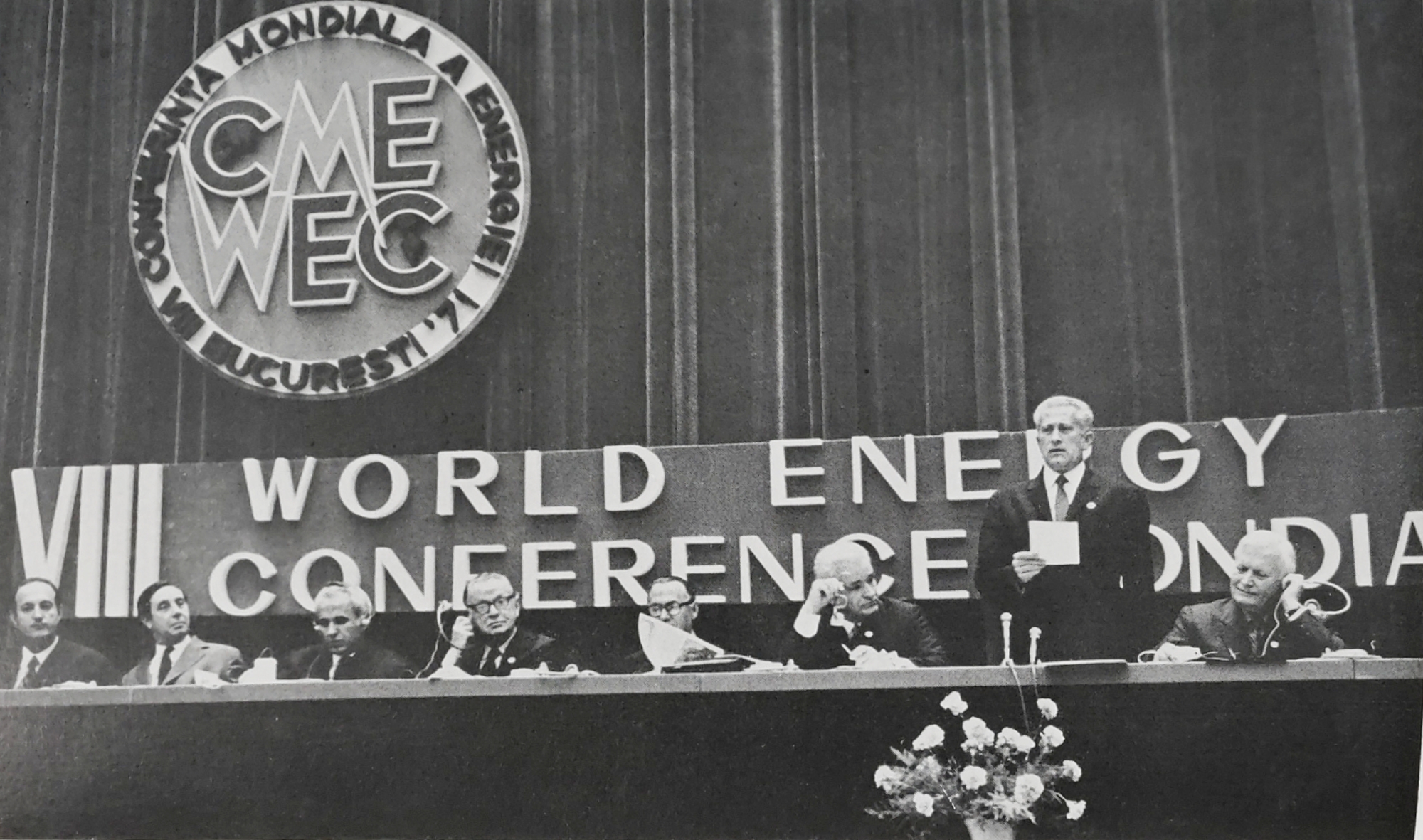
The eighth World Energy Conference: Confidence in Untapped Reserves and the Nuclear Energy Debate
In 1971, at the Eighth World Energy Conference in Bucharest, many delegates expressed great confidence in untapped reserves. ‘Optimism Voiced On Energy Needs, Talk of Gap Doesn’t Alarm Conferees in Rumania’ ran the headline in the New York Times. The age of nuclear energy appeared imminent. In addition to nuclear power, Harold Hartley also suggested that the recent discovery of natural gas and oil in the Arctic would release current pressure on demand. This sentiment was reiterated by Pytor Neporozhny, the Soviet Minister for Electrical Power and Chairman of the Conference.
1972
The Limits to Growth
In 1972 the Club of Rome published The Limits to Growth, a bestseller that spread public concern about finite resources.
1973
The first Oil Crisis
On October 6, 1973, the Yom Kippur War began between Arab countries and Israel. This led to an Arab oil embargo, and then the First Oil Crisis.
1974
Establishment of the IEA
The IEA was formed by member countries of the Organization for Economic Co-operation and Development (OECD). ‘Project Independence’ initiated by President Richard Nixon, sought ways to reduce American consumption and increase the production of energy through investment in technological development. However, Ford added, ‘just as Americans are challenged by Project Independence, the world faces a related challenge that requires a “Project Interdependence”.’
1974
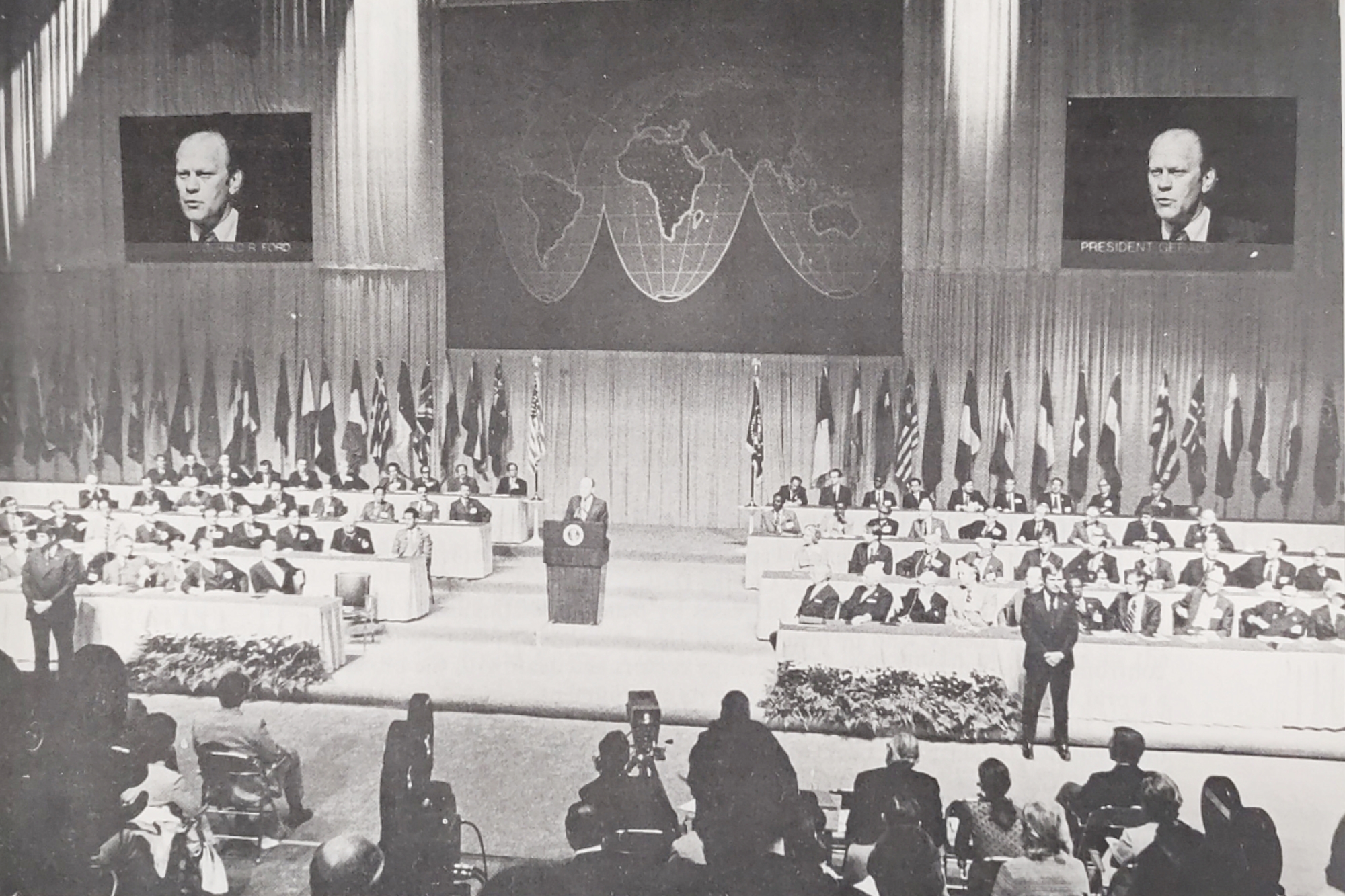
The ninth World Energy Conference: The Energy War and Controversial Discussions
The 9th World Energy Conference, held in Detroit in 1974, attracted 4,000 delegates from 69 countries. The conference was portrayed by Time magazine as part of ‘the energy war’, and attracted 1,000 demonstrators and 800 police officers.
1975
The G7 Summit
G6 Summit of industrialised nations, discussing inflation and energy crises amongst other issues. Energy discussions within the G7 summits reflect the shared commitment of member countries to address energy-related issues, promote sustainable energy practices, and work towards a more secure, clean, and affordable energy future. The G7 serves as a platform for collaboration, knowledge sharing, and policy coordination to tackle energy challenges at both national and global levels.
1977
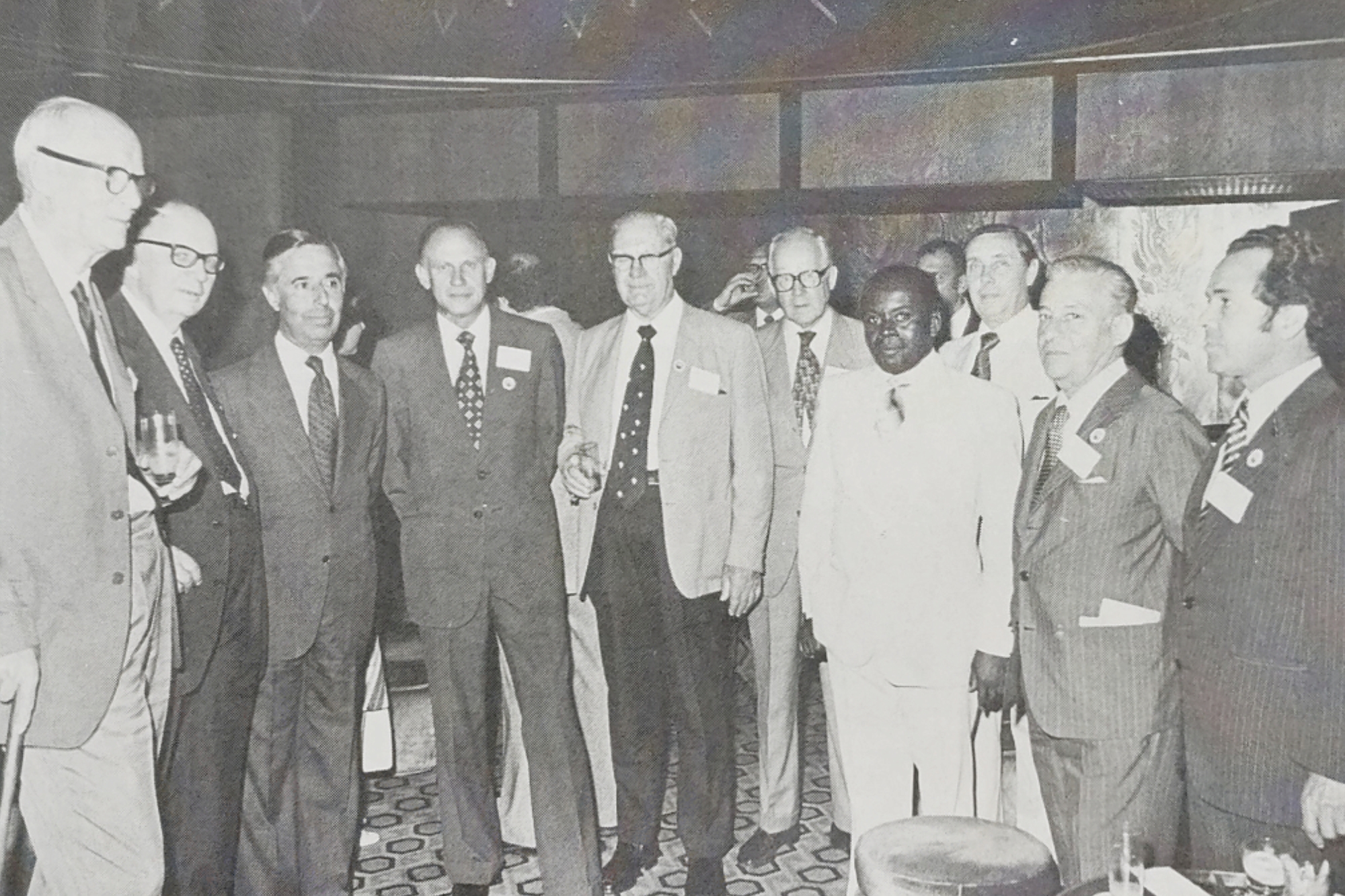
The tenth World Energy Conference: Exploring Alternative Energy Sources and Renewed Focus on Nuclear Energy
When the 10th World Energy Conference opened in 1977 in Istanbul, Saudi Arabia and half the OPEC nations were conspicuously absent. The conference turned to a long list of alternative energy sources to oil, coal and natural gas. It also concentrated on renewable sources, solar power,dammed rivers and wind. And it showed renewed interest in the question of nuclear energy.
1979
The World Energy Council’s Stance in the Aftermath of Three Mile Island
Despite negative public opinion following the Three Mile Island accident in Pennsylvania in March 1979, the World Energy Council remained committed to the development of nuclear energy. In the wake of the first oil crisis, the World Energy Council set up a Conservation Commission, which in turn established study groups on Resources, Conservation and Demand. It was the Conservation Commission that published the report World Energy: Looking Ahead to 2020 in 1979. It made a powerful defence of the link between economic growth and the rising demand for energy. Since growth was imperative but oil and gas could no longer be relied on, the report advocated a shift to coal and nuclear power. The report was crucial in setting out new policy directions, but it also attracted criticism.
1980

Contrasting Approaches and Controversies at the eleventh World Energy Congress
Whilst the Carter administration put a halt to the development of its nuclear programme following the accident, at the 1980 Congress in Munich, French and British delegates criticised America for its trepidation. It would lag behind the rest of the world they said. The conference host, Franz Josef Strauss, the conservative minister-president of Bavaria and a former federal minister of atomic affairs and defence, warned that ‘whoever refuses to take nuclear energy, condemns himself to social backwardness.’ He added ‘the future belongs to those countries that push ahead with nuclear energy.’
1983
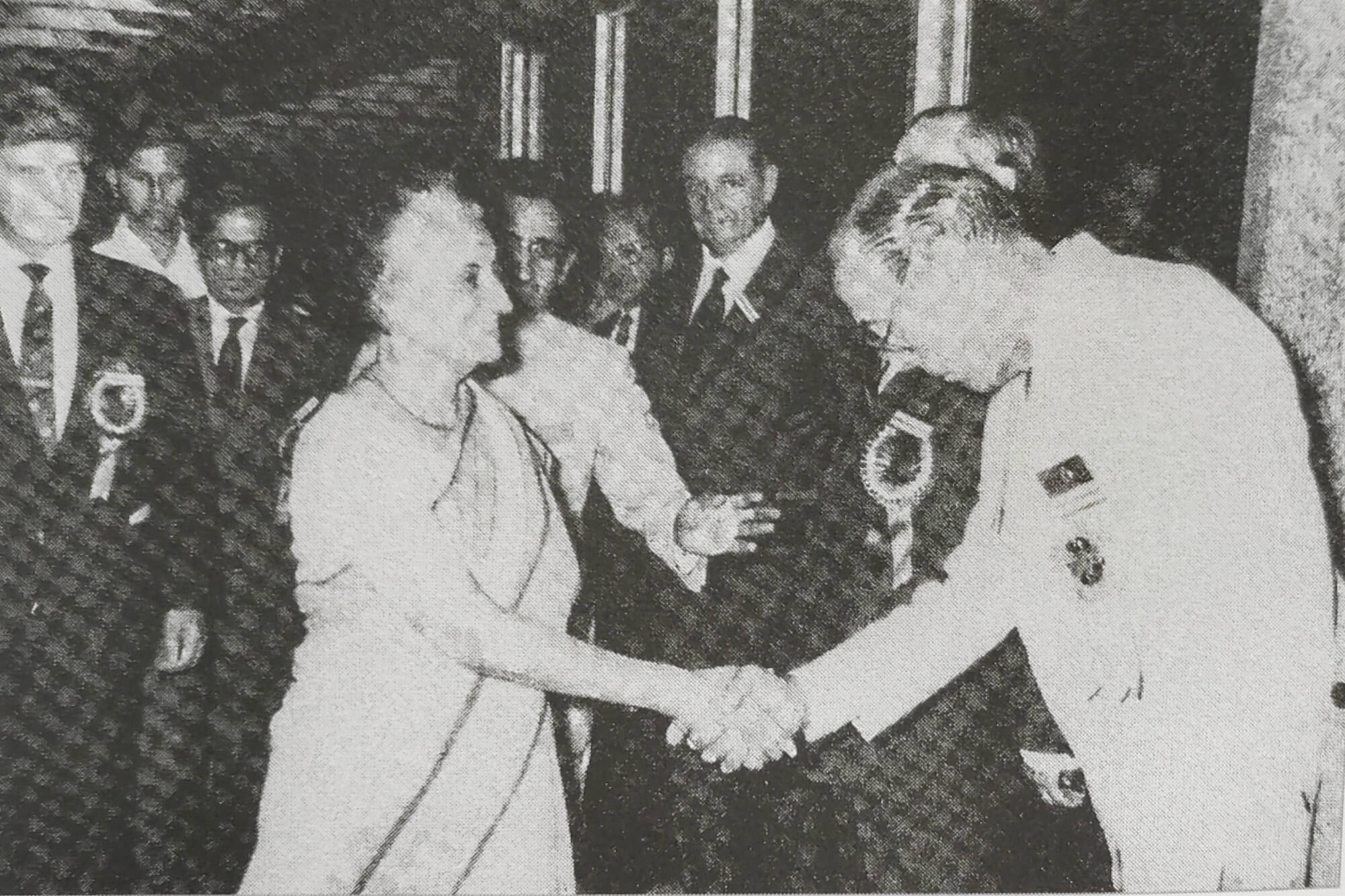
Empowering Future Energy Leaders: The Evolution and Impact of the World Energy Council’s Future Energy Leaders Program
The World Energy Council's Future Energy Leaders program was established. Initially called the 'Energy Leaders Group', the programme was created as a forum for young energy professionals to exchange ideas, share knowledge, and develop their skills. In 1995, the programme was renamed as the Future Energy Leaders program to reflect its focus on identifying and nurturing the next generation of energy leaders. At the 1983 New Delhi 12th Congress the theme ‘Energy, Development, Quality of Life’ discussed how to deal with a growing population and increased energy demand.
1986
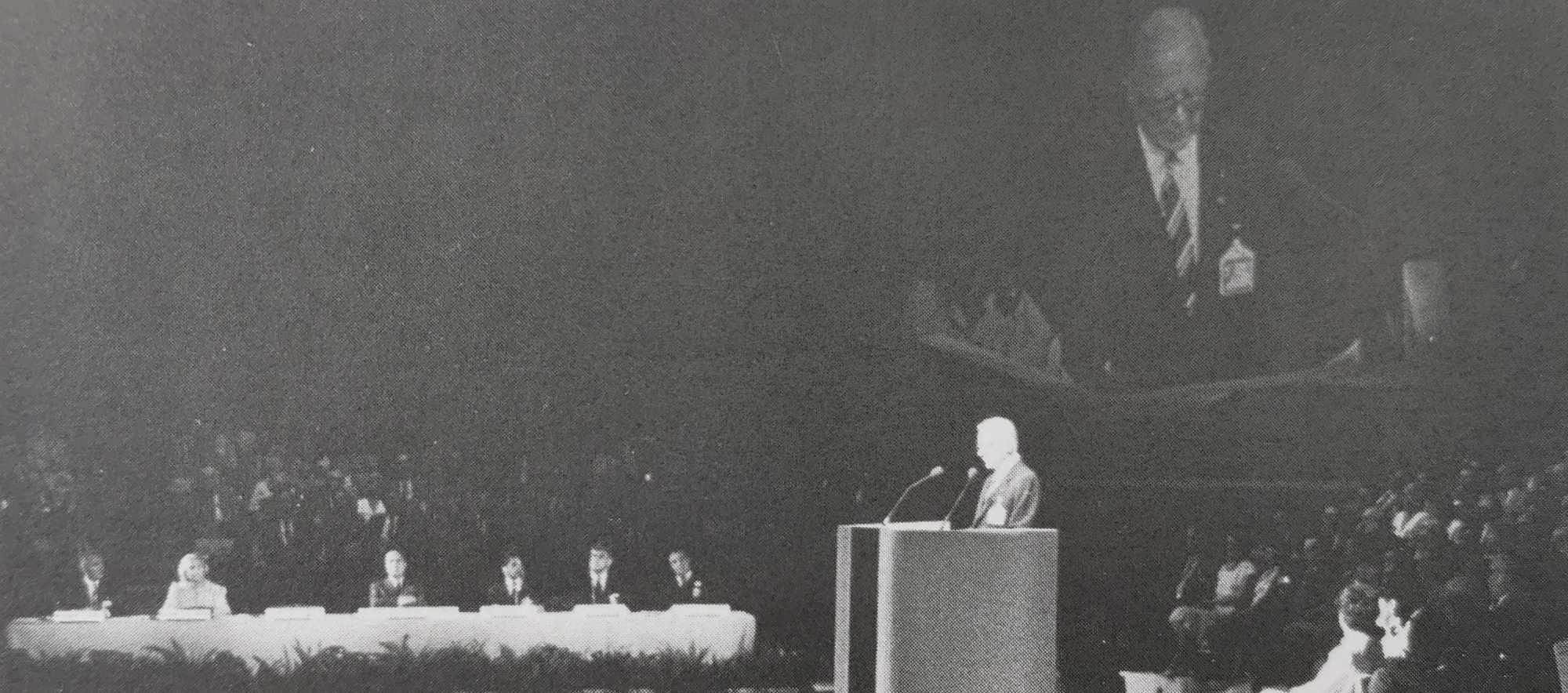
Nuclear Energy and the thirteenth World Power Conference
While anti-nuclear protests grew in strength following the Chernobyl disaster in 1986, support for nuclear in World Energy Council remained strong.
1987
Brundtland Commission’s report Our Common Future
Brundtland Commission’s report Our Common Future (1987). The Brundtland Report had a profound impact on global discussions and policies related to sustainable development. It contributed to the establishment of the United Nations Framework Convention on Climate Change (UNFCCC) and the adoption of the Sustainable Development Goals (SDGs) in 2015. It remains a key reference in the field of sustainable development, guiding efforts to achieve a more equitable, prosperous, and environmentally sound future.
1988
The establishment of the IPCC
The establishment of the Intergovernmental Panel on Climate Change. The IPCC's work has contributed significantly to raising awareness about the urgency of addressing climate change, understanding its impacts, and guiding policy decisions at the global, national, and local levels. Its reports have served as a key scientific reference for policymakers, scientists, and stakeholders around the world.
1989
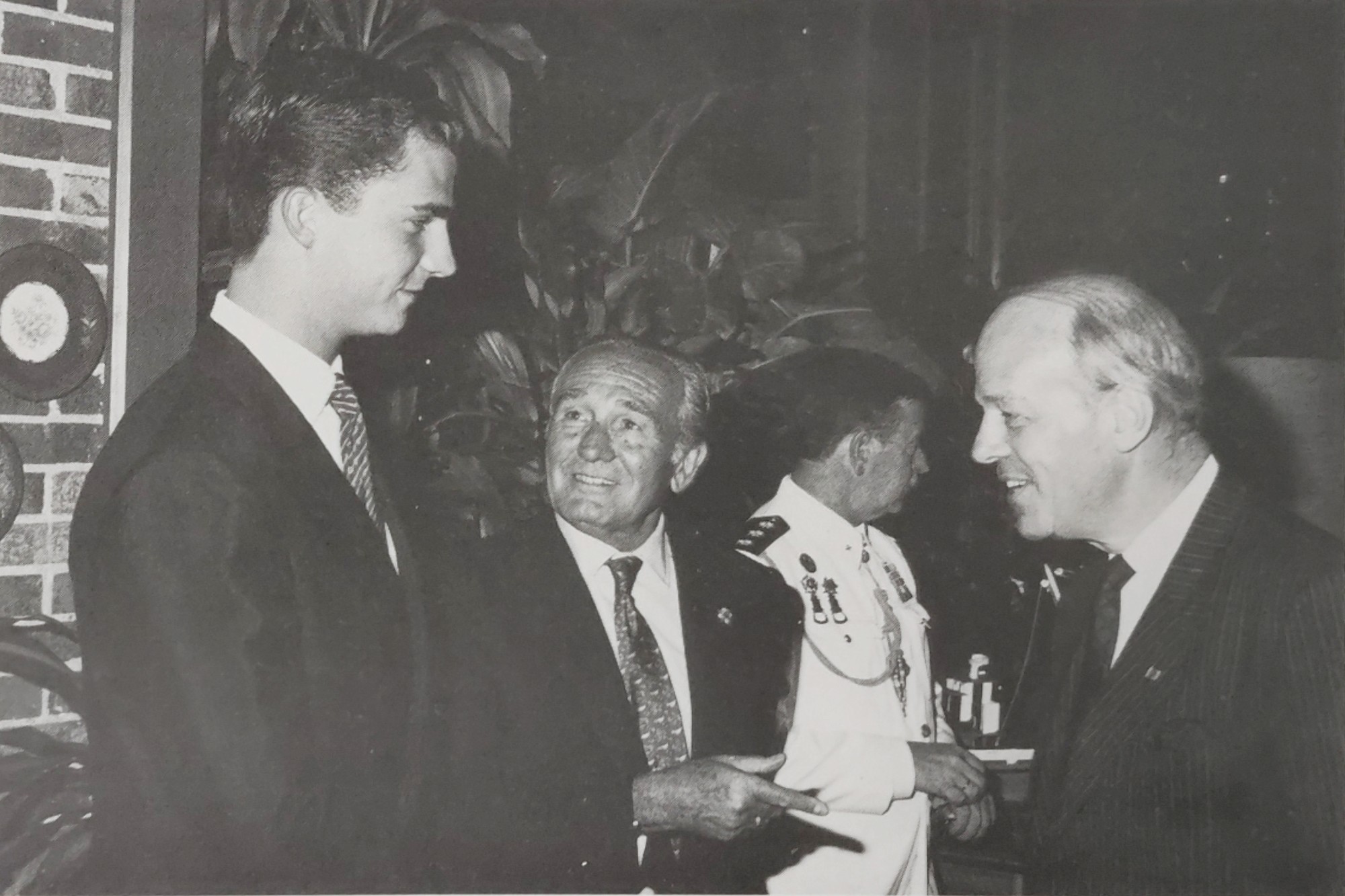
Shifting Paradigms: The Emergence of Environmental Policy in Energy Decision-Making
The name of the organisation, the 'World Energy Conference', became retitled the 'World Energy Council' and the WEC Foundation was also established. The 1989 World Energy Congress in Canada marked a paradigm shift. As Elihu Bergman, executive director of the Americans for Energy Independence, a conservation group, noted ‘you would never have heard this three years ago. This conference is symbolically legitimizing what we have known in the States: environmental policy is driving energy policy.’
1990
Evolution of the Polish Member Committee: From Ministerial Affiliation to Independent Association
Due to changes in the energy sector in the 90s ministerial involvement began to impair the Committee’s effectiveness. Just as the South African National Energy Association (SANEA) distanced itself from ESKOM, in 1997 the Polish Member Committee dissociated itself from the Energy Ministry, to which it had formally been closely tied. This would eventually lead to the Committee being officially recognised as an Association in 1997, after which it would take the title the Polish Member Committee of the World Energy Council.
1992
Shifting Focus: Embracing Sustainability at the World Energy Council
In these years, sustainability came to be foregrounded at World Energy Council.
1993
The first World Energy Scenarios work
Energy for Tomorrow's World, the first World Energy Scenarios work, is published.
1995
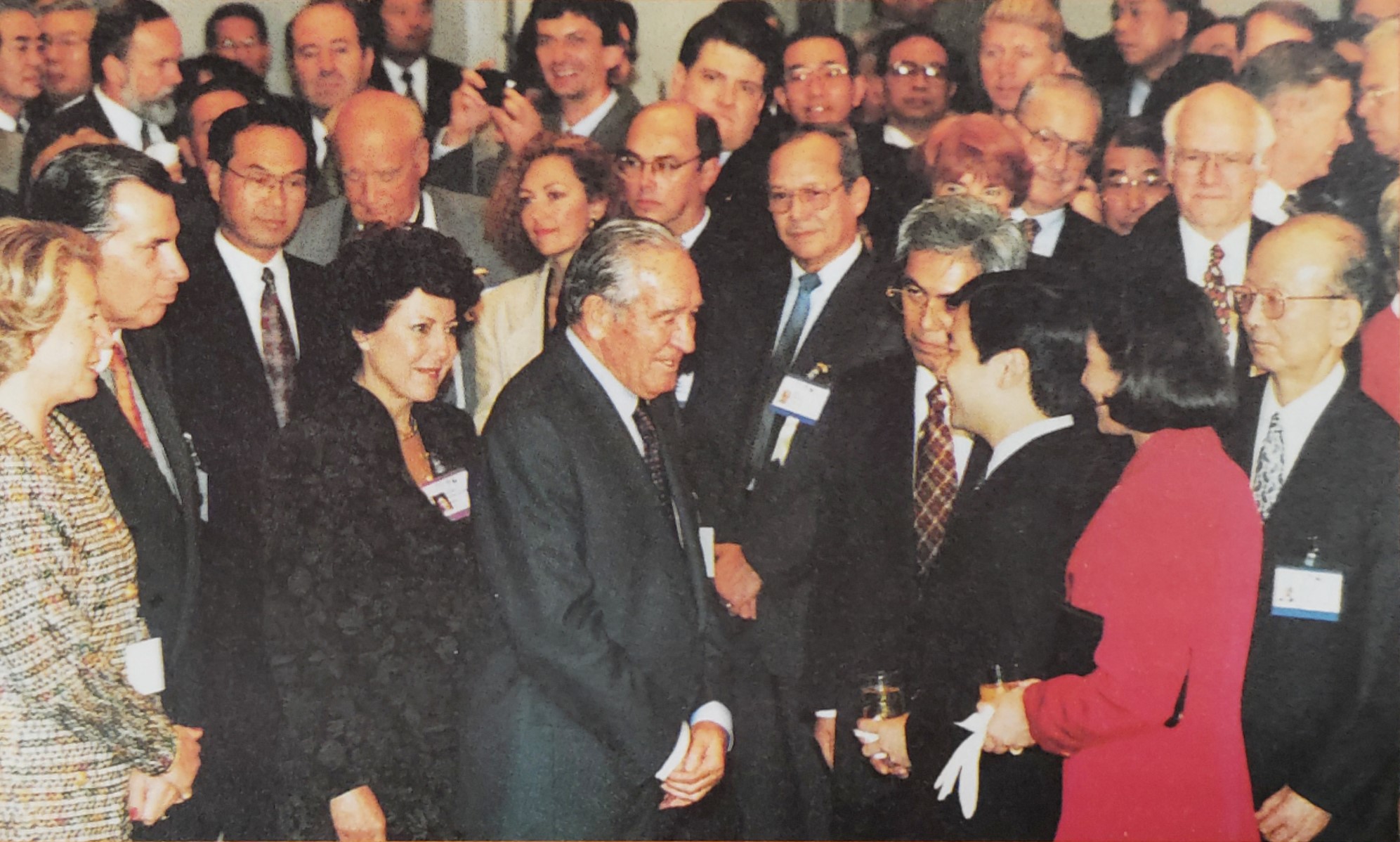
“Future Energy Leaders programme” is coined and the sixteenth World Energy Congress is in Japan
First time the programme to support young energy leaders was officially called "Future Energy Leaders programme"
1997
Kyoto Protocol
The Kyoto Protocol, an international agreement adopted in 1997, aimed to combat climate change by reducing greenhouse gas emissions. While the primary focus of the protocol was on mitigating climate change, it had notable impacts on energy systems and policies. The Kyoto Protocol played a pivotal role in shaping global energy policies and practices by putting emissions reduction targets, renewable energy, and energy efficiency on the agenda. While the Kyoto Protocol's commitment period officially ended in 2012, its influence continues to resonate in subsequent international climate agreements and efforts to combat climate change.
1998
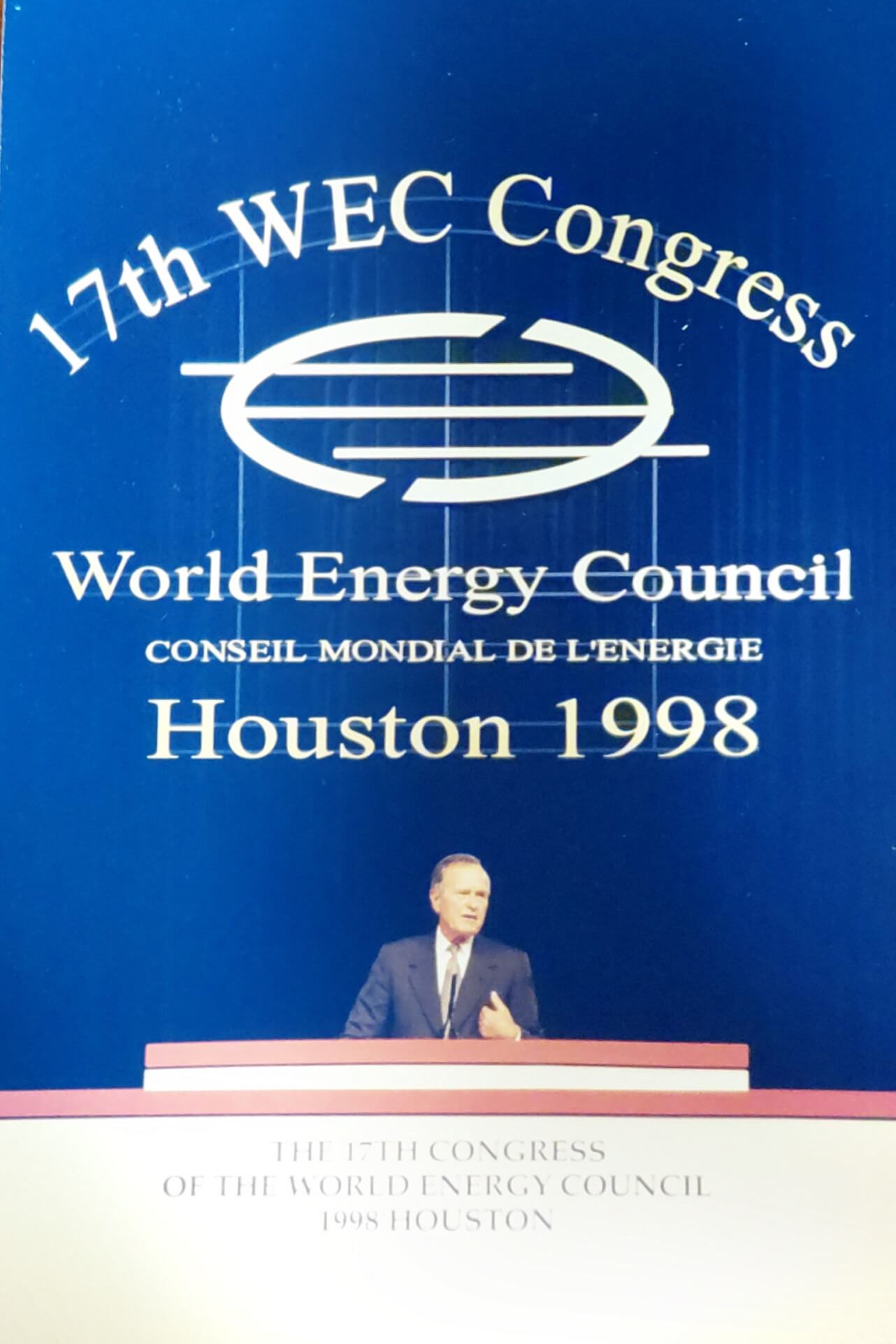
The seventeenth World Energy Congress in Houston, the USA
17th World Energy Congress; Houston, USA; Energy and Technology: Sustaining World Development into the Next Millennium. This Congress was held between 13th-18th September 1998.
2000
Ideas for the World Energy Trilemma framework begin to be formed
Energy for Tomorrow's World: Acting Now. Around this time, the World Energy Trilemma framework was created to help measure and manage progress. The Energy Trilemma project began to develop ‘The Energy Sustainability Country Index’. This index provides a score on the ‘energy performance axis’ – in relation to sustainability – and the ‘country context’ axis, which considers the development and implementation of suitable policies. It ranks countries by their capacity to ‘provide a stable, affordable and environmentally sensitive energy system.’
2001
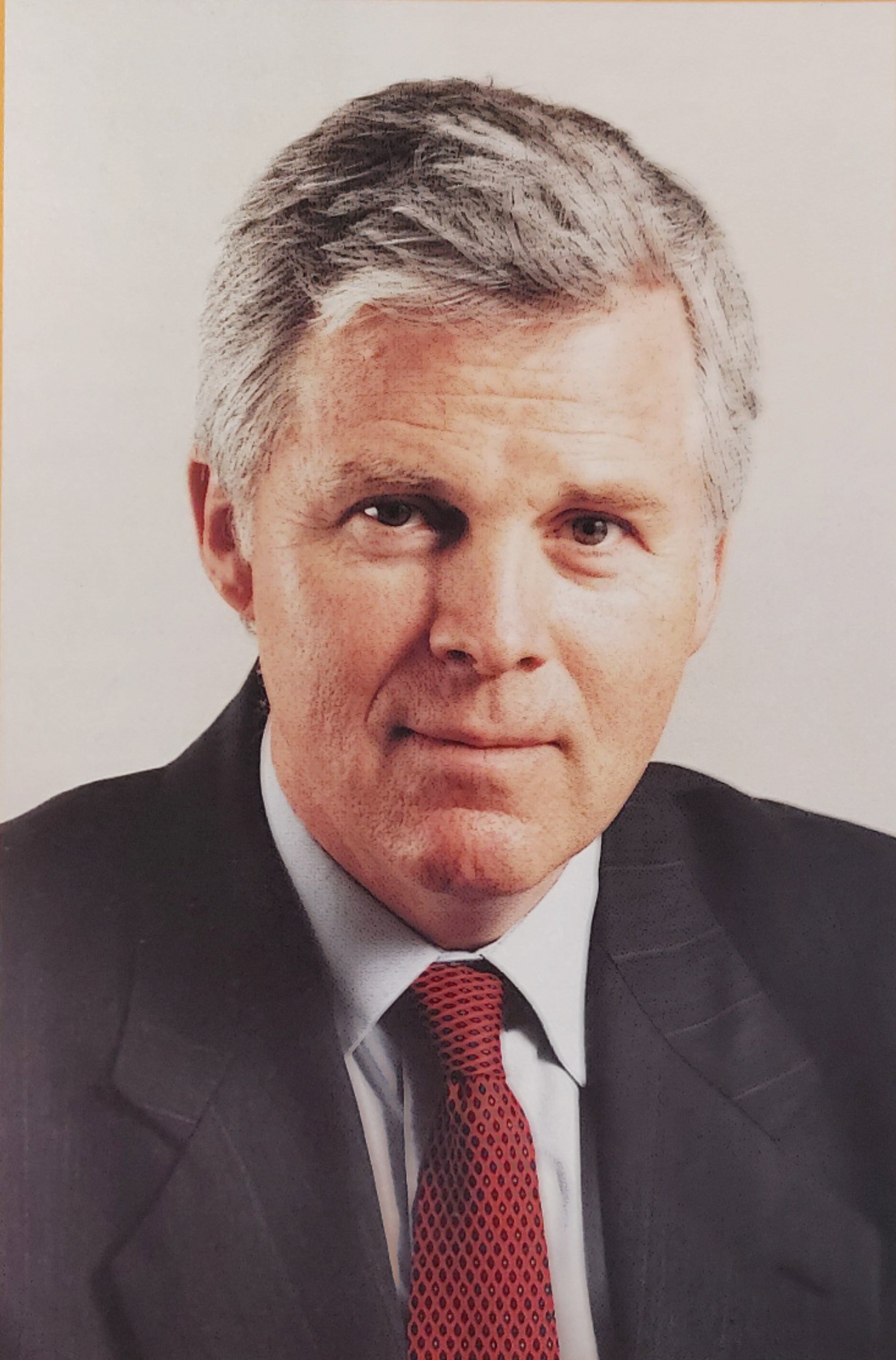
The eighteenth World Energy Congress in Argentina Explores Energy Markets and Challenges
In 2001 under the leadership of then Secretary General Gerald Doucet, World Energy Council was incorporated as a charitable trust.
2001
September 11 in United States
The September 11, 2001 terrorist attacks in the United States had several impacts on the energy sector. These include oil market disruptions, energy infrastructure security, transportation and logistics, energy policy and national security, focus on energy independence and increased emphasis on resilience. The attacks served as a catalyst for changes in energy policies, infrastructure security, and international energy dynamics - shaping the energy landscape in the years that followed.
2004
The ninteenth World Energy Congress in Australia on Sustainability and Opportunities
Drivers of the Energy Scene. By analyzing and understanding Drivers of the Energy Scene, the World Energy Council aims to provide insights and guidance to policymakers, industry leaders, and stakeholders in navigating the complex and evolving energy landscape. Recognizing the interplay of these drivers helps in anticipating energy trends, identifying challenges, and exploring opportunities for a sustainable and resilient energy future.
2007
Energy Policy Scenarios and the twentieth World Energy Congress
Deciding the future: Energy Policy Scenarios to 2050. Pierre Gadonneix becomes Chair of the World Energy Council. The World Energy Congress in Rome was sponsored by Shell. 200 delegates went from almost 50 countries, between 18-27 years, and national initiatives and creation of national networks in Australia, Germany and Turkey.
2009
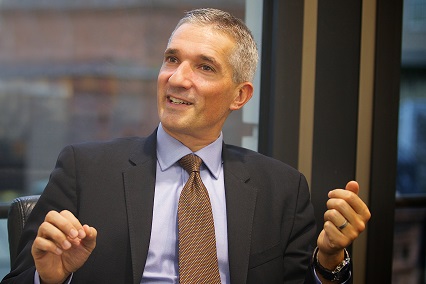
Dr Christoph Frei becomes the 5th Secretary General of the World Energy Council
Dr Christoph Frei becomes the 5th Secretary General of the World Energy Council. He aimed to mobilise international energy leaders and decision-makers to work together towards building a sustainable future, underpinned by robust policymaking.
2010
The Twentyfirst World Energy Congress in Canada; Energy Transitions
A job fair organised as part of the 21st Congress. "WEC World Energy Careers service, an online recruitment platform for employers and jobseekers in the energy industry."
2011
Fukushima nuclear disaster
The Fukushima nuclear disaster, which occurred on March 11, 2011, following a massive earthquake and subsequent tsunami in Japan, had significant impacts on the energy sector, particularly on nuclear energy. This includes nuclear energy policies, nuclear power plant closures and delays, increased focus on renewable energy, strengthened nuclear safety measures, public perception and opposition, energy diversification and energy efficiency.
2012
The World Trilemma Report Investigates the Global Energy Landscape
The 2012 World Trilemma Report gave new support for a truly global understanding of energy. Energy security, social equality and environmental impact mitigation were treated as global problems requiring global solutions.
2013
Future Energy Leader Engagement, World Energy Scenarios and the twenty second World Energy Congress
World Energy Scenarios release Composing Energy Futures to 2030. Marie-José Nadeau becomes Chair of the World Energy Council. Congress Future Energy Leader engagement lead by the Council and not the OC anymore. Before that: Future Energy Leader/Student engagement
2016
The twenty third World Energy Congress in Turkey and World Energy Scenarios Grand Transition
World Energy Scenarios to 2060: The Grand Transition. The Grand Transition explores potential future scenarios and pathways for the global energy system, as well as insights into the possible trajectories of energy production, consumption, and technologies up to the year 2060. Younghoon David Kim becomes Chair of the World Energy Council.
2019

The twenty fourth World Energy Congress in Abu Dhabi
Dr Angela Wilkinson became the 6th Secretary General and CEO of the World Energy Council. She joined the council with a PhD in Physics, as the author of three books and is the first female leader in its 100-year history. Jean-Marie Dauger becomes chair of the World Energy Council at this time.
2022
Mike Howard becomes chair of the World Energy Council.
Mike Howard becomes chair of the World Energy Council.
2023

Today and the future
The Future Energy Leaders become represented as part of the Council Board. The World Energy Council plans for the 26th World Energy Congress, in Rotterdam, 2024.

